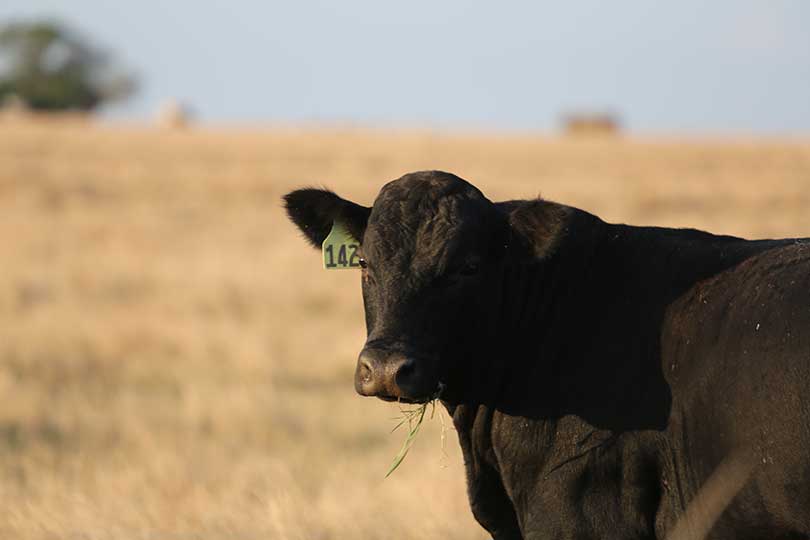Some cattlemen seem to shy away from higher priced bulls, but when you break the numbers down, investment really isn’t that costly.
“The investment in a higher priced bull that can contribute to improved production of more market acceptable calves and better weaning weight for the cow-calf producer is not that costly when numbers are put into perspective for calves sired and as a percent of the breeding cows total annual cost,” James McGrann, Texas A&M University professor and Extension specialist emeritus, said to Beef Magazine.
McGrann developed an Excel spreadsheet, which allows ranchers to keep track of purchase cost and estimate salvage value and economic life of the bull. Interest, grazing, feed and veterinary costs are also included in the spreadsheet, according to Beef Magazine.
On the spreadsheet under Beef Cattle Decision Aids, scroll down to C. Cow-Calf Budgeting. Item two is listed as “Herd Bull Investment and Cost Analysis.” There you can find both a PDF description of the tool and an Excel spreadsheet where you can input your own data.
So what’s next now that you have calculated the budget to spend on a herd sire investment?
Beef Magazine suggests selecting bulls you like based on other performance parameters.
“Lower prices in the cattle market aren’t all bad. They also mean opportunities for you to purchase high-quality genetics at a lower cost to the operation. Price is not indicative of quality or an indicator of the best bull or bulls at an offering,” Rod Geppert, for the Angus Beef Bulletin EXTRA, said.
Geppert also added there’s balance between budget and your bull wish list. Do your homework and there are some opportunities to buy the best bull to meet your operation needs.
Beef Magazine reports there should be plenty of bulls available this year, because some seedstock suppliers expanded their offerings in anticipation of another year of herd expansion.

